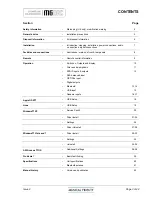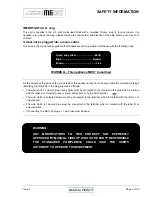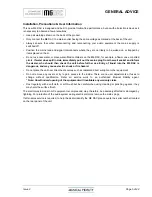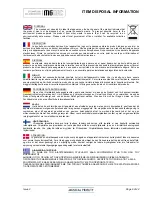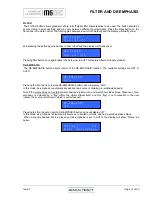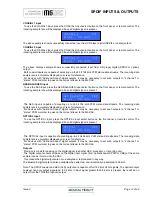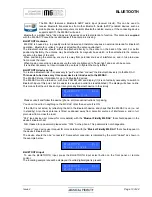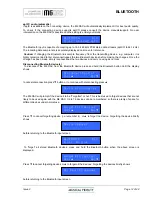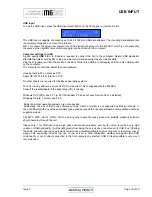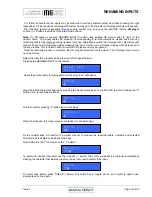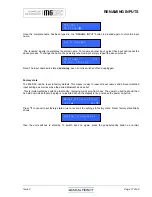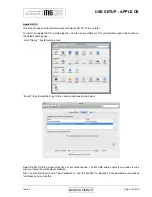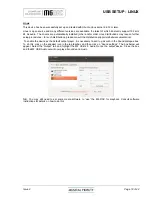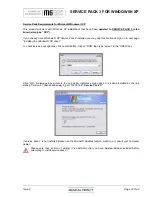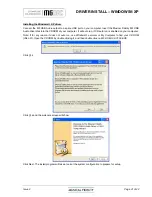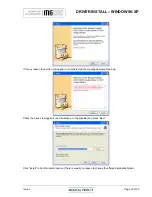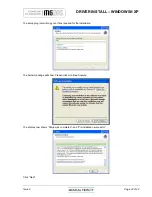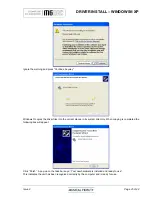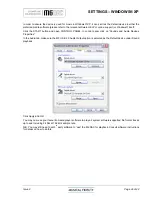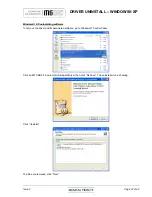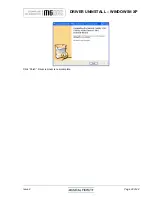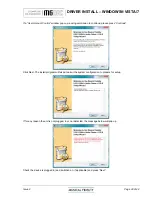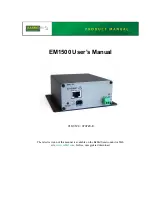
USB INPUT
Issue 2
Page 15 of
42
USB input
To use the USB input, press the USB input select button on the front panel, or remote control.
USB 192 USB
Fixed 192kHz
The USB input is capable of accepting up to 24 bit 192 kHz USB data streams. The incoming data sample rate
is accurately displayed on screen for reference.
N.B. This shows the actual raw sample rate of the digital data going into the M6 DAC; which is not necessarily
the same as the original source material sample rate as stored on the computer!
Computer settings for USB
A good quality
USB 2.0
A to B cable is required to connect the unit to the computer. Normal USB standards
stipulate that this should be 5M or less; and we recommend keeping it as short as possible.
Plug the B (square) end into the socket in the back of the unit, and the A (rectangle) end into a free USB socket
on the computer.
The computer should now detect the new hardware:
Linux kernel 2.6.33 or later see P.19
Apple OS X
®
10.6.4 or later see P.18
No other drivers are required for the above operating systems.
For PCs running Widows, a
driver disk (CD)
is required. This is supplied with the M6 DAC.
Consult the reseller/dealer if the driver disk (CD) is missing.
Windows
®
XP (SP3) see P.21 (p. 20 if Windows
®
XP does not have Service Pack 3 installed).
Windows
®
Vista, 7 or later see P.29
Earlier and other operating systems are
not
supported.
Additionally, the use of
third party
software such as “ASIO” or similar is
not
supported by Musical Fidelity. In
case of difficulty with any of these software types, please consult the relevant software documentation and/or its
support services.
CD, MP3, WAV, AAC/+, OGG, FLAC, and any other audio file types played on suitable playback software
should now play through the unit.
Please note: This USB input has a high speed serial data processor, and by its nature, requires a very high
volume of USB band width. It will benefit greatly from being the only device connected on its USB ‘bus’. Sharing
the same bus with other devices include could cause unwanted artifacts such as dropouts or temporary loss of
signal. This especially includes the use of the unit on a USB hub/splitter whether alongside other USB
components or not. A direct connection to the host computer by shortest USB 2.0 lead possible is very much
recommended.



